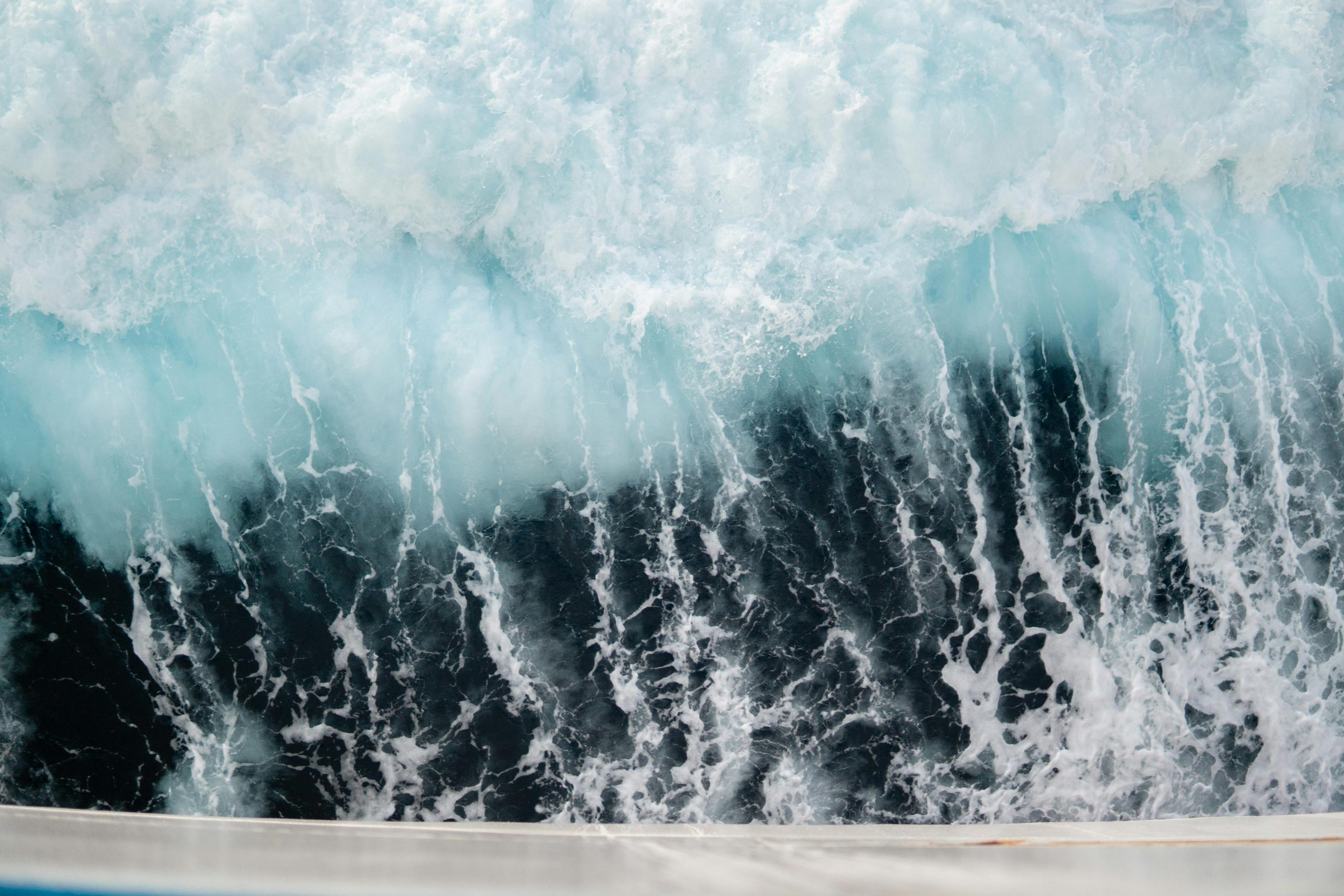Turquoise Tidal Wave: The +8% Rise in Oceanic Blues This Summer
The arrival of summer brings forth a sense of joy and anticipation as people look forward to hotter days, longer nights and time spent at the beach. But this summer, there is something different about the oceans. A new wave has taken the world by storm, and it is the Turquoise Tidal Wave. This phenomenon has seen a staggering +8% rise in oceanic blues, and it has captured the attention of scientists, environmentalists and beachgoers alike. So, what exactly is the Turquoise Tidal Wave and why is it causing such a stir? Let’s take a deeper dive into this enchanting event.
What is the Turquoise Tidal Wave?
The Turquoise Tidal Wave is a natural phenomenon that occurs in the world’s oceans during the summer months. It is a significant increase in the presence of a vibrant blue color in the ocean, giving the water a mesmerizing turquoise hue. The rise in oceanic blues has been observed in all major bodies of water, from the Atlantic to the Pacific, and even in the Indian Ocean, making it a global phenomenon.
The Science Behind the Turquoise Tidal Wave
Why is the ocean turning turquoise all of a sudden? The answer lies in the microscopic organisms known as phytoplankton. These tiny creatures are responsible for the production of chlorophyll, a pigment that gives plants their green color. However, in some species of phytoplankton, there is also an additional pigment called phycocyanin, which gives the organisms a blue hue. During the summer, the increase in sunlight and nutrients in the ocean triggers a growth spurt in these organisms, leading to a surge in the production of both chlorophyll and phycocyanin. As a result, the ocean appears bluer than usual, creating the beautiful Turquoise Tidal Wave.
The Environmental Impact
Under normal circumstances, the Turquoise Tidal Wave is a natural and harmless phenomenon. However, this year’s +8% rise in oceanic blues has raised some concerns among experts. The increase in phytoplankton growth may not seem like a big deal, but it is essential to remember that these tiny organisms are responsible for producing over 50% of the Earth’s oxygen. Any significant fluctuations in their numbers can have a domino effect on the health of our oceans and the planet as a whole.
The Implications for Marine Life
The Turquoise Tidal Wave may be a treat for the eyes, but it can have severe consequences for marine life. The increased levels of phycocyanin can block out the sunlight that other sea creatures need to survive, disrupting the delicate balance of the ocean’s ecosystem. Furthermore, some species of phytoplankton produce toxins that can be harmful to other marine life, leading to the death of fish, sea turtles, and other ocean creatures. Therefore, it is crucial to closely monitor the situation and take necessary measures to mitigate any adverse effects.
How to Experience the Turquoise Tidal Wave Safely
The Turquoise Tidal Wave may sound like a must-see event, but it is essential to remember that we must admire it from a distance. Swimming or diving in waters with a high concentration of phytoplankton can be dangerous, as the toxins produced by some species can cause skin irritation, respiratory issues, and even paralysis. So, while it may be tempting to swim in the mesmerizing blue waters, it is best to err on the side of caution and observe from afar.
Preserving the Ocean’s Beauty
The Turquoise Tidal Wave serves as a reminder of the importance of taking care of our planet and its oceans. Climate change, pollution, and overfishing are all factors that contribute to the health of our oceans and their inhabitants. So, while we marvel at the stunning blue waters this summer, let’s also pledge to do our part in preserving the ocean’s beauty.
In Conclusion
This summer, the Turquoise Tidal Wave is taking the world by storm, and for a good reason. The increase in oceanic blues may seem like a magical phenomenon, but it is also a sign of the delicate balance of our planet’s ecosystem. As we continue to enjoy the hot summer days, let us also remember to be mindful of our planet and do our part in keeping the oceans clean and healthy for generations to come.








